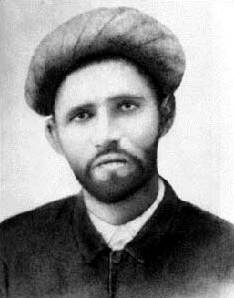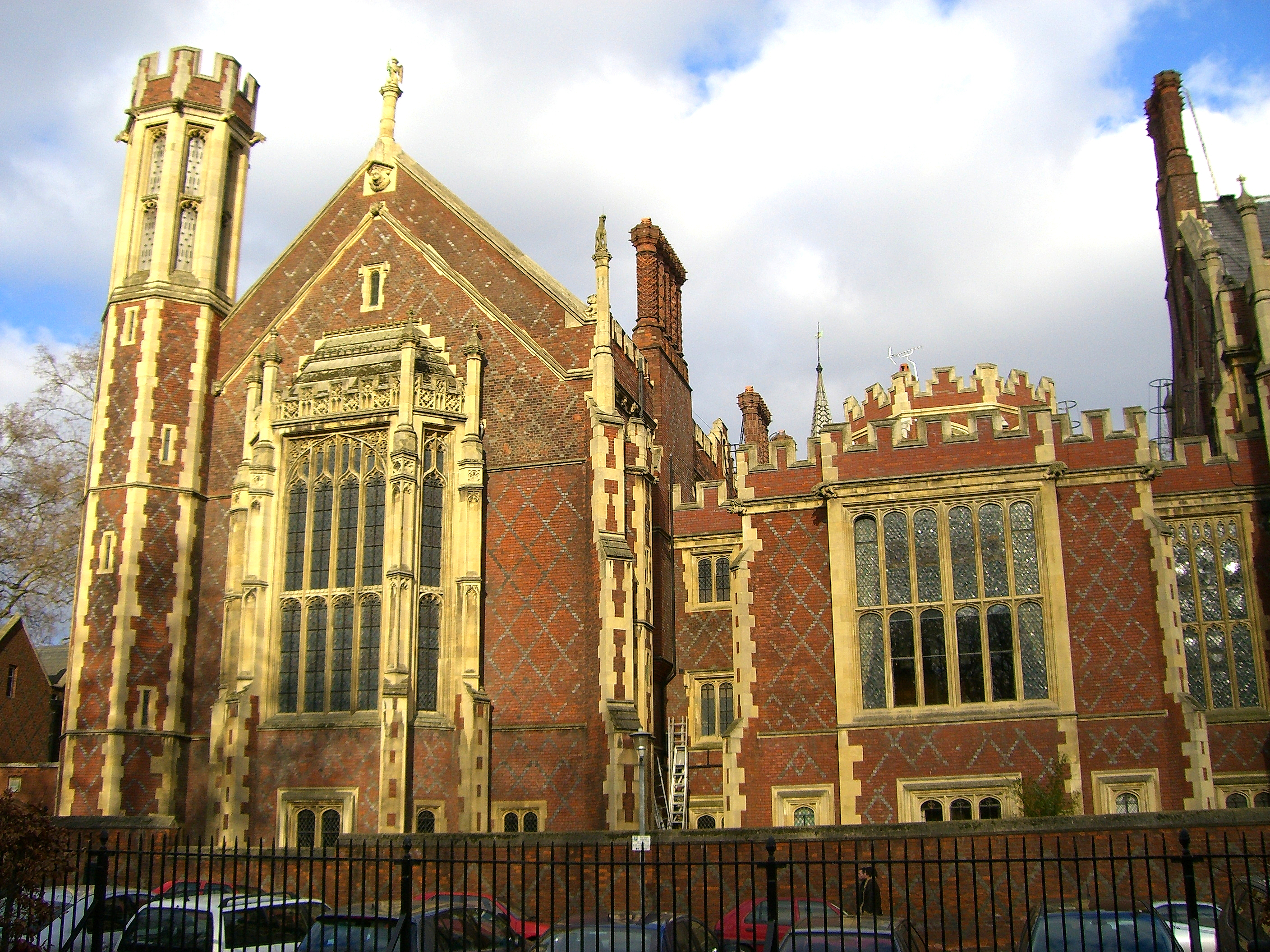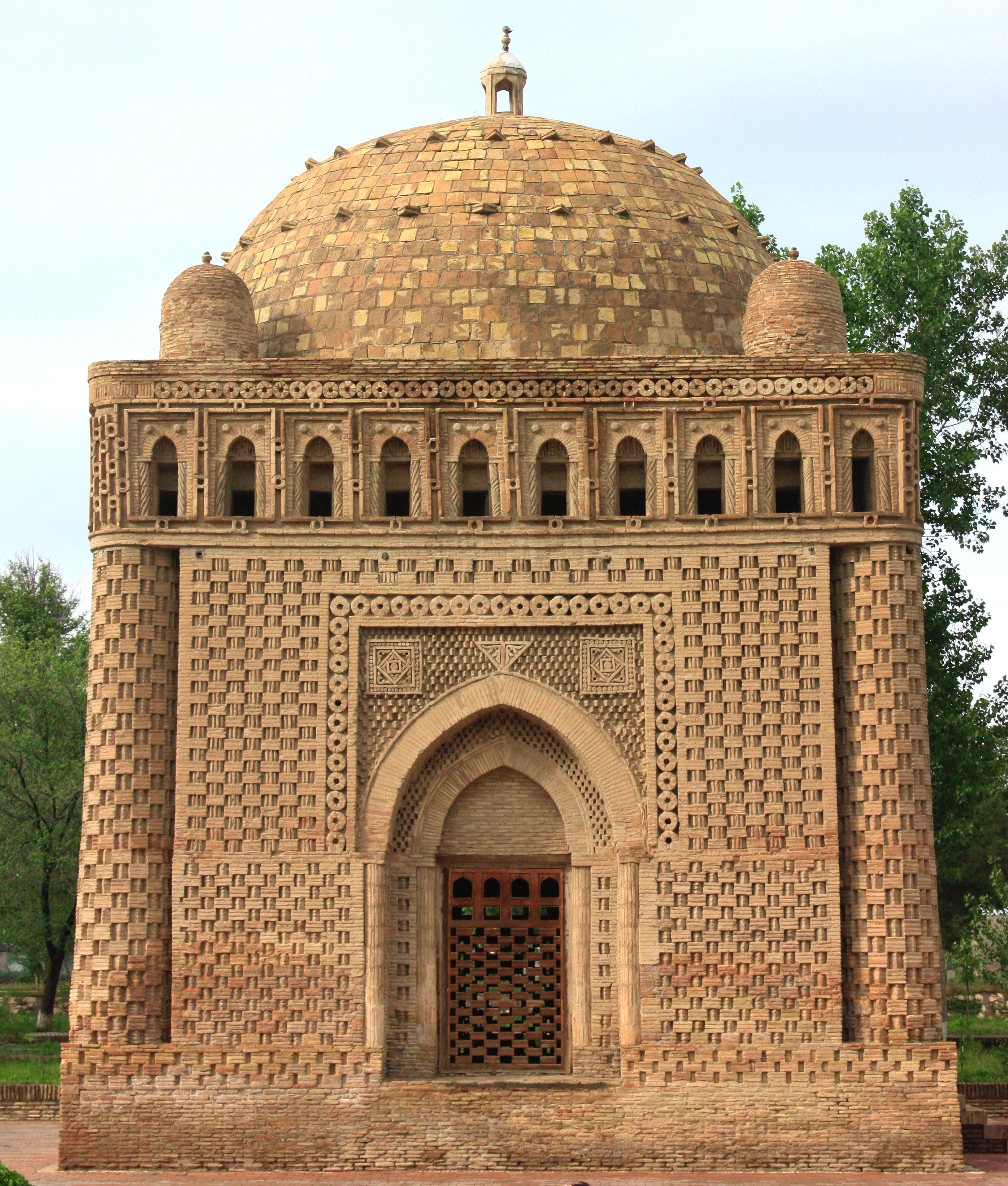|
List Of National Monuments Of Pakistan ...
According to Pakistan Environmental Protection Agency, as of October 1997, there are 10 National Monuments within the country. An additional monument, Pakistan Monument was built in the capital, Islamabad, during the 2000s. There are four monuments in Sindh (all in Karachi), four in Punjab (out of which three are in Lahore), and only one in Balochistan. References {{Cultural heritage sites in Pakistan Monuments and memorials in Pakistan Monuments A monument is a type of structure that was explicitly created to commemorate a person or event, or which has become relevant to a social group as a part of their remembrance of historic times or cultural heritage, due to its artistic, hist ... [...More Info...] [...Related Items...] OR: [Wikipedia] [Google] [Baidu] |
Pakistan Environmental Protection Agency
The Pakistan Environmental Protection Agency ( ur, , abbreviated as Pak-EPA), is an executive agency of the Government of Pakistan managed by the Ministry of Climate Change. The agency is charged with protecting human health and the environment by writing and enforcing regulation based on laws passed by Parliament. The Pak-EPA was proposed by the Prime Minister Nawaz Sharif; it began operations in 1997 after Parliament passed a law to establish a federal executive agency. The agency is led by an appointed director-general, who is appointed by the Prime Minister on the advice of the Minister of Climate Change.The current director-general is Farzana Altaf Shah. Pak-EPA is not a Cabinet department, but the director-general is normally given the cabinet rank. Farzana Altaf Shah was recently promoted to the cabinet rank. She is the first female Director General appointed on 17 October 2016. See also * Cabinet Secretariat (Pakistan) The Cabinet Secretariat is a part of the Cabin ... [...More Info...] [...Related Items...] OR: [Wikipedia] [Google] [Baidu] |
Minar-e-Pakistan
Minar E Pakistan ( ur, , literally "Tower of Pakistan") is a tower located in Lahore, Pakistan. The tower was built between 1960 and 1968 on the site where the All-India Muslim League passed the Lahore Resolution (which was later called the Pakistan Resolution) on 23 March 1940 - the first official call for a separate and independent homeland for the Muslims of British India, as espoused by the two-nation theory. The resolution eventually helped lead to the emergence of an independent Pakistani state in 1947. The tower is located in the middle of an urban park, called the Greater Iqbal Park. Design The tower reflects a blend of Mughal/Islamic and modern architecture. The tower was designed and supervised by, Nasreddin Murat-Khan, a Russian-born Pakistani architect and civil engineer. The minaret provides a panoramic view to visitors who can access the top by climbing up the stairs or by means of an elevator. The tower base is shaped like a flower. The area surrounding the m ... [...More Info...] [...Related Items...] OR: [Wikipedia] [Google] [Baidu] |
Entrance Gate Of Mian Sahib
Entrance generally refers to the place of entering like a gate, door, or road or the permission to do so. Entrance may also refer to: * ''Entrance'' (album), a 1970 album by Edgar Winter * Entrance (display manager), a login manager for the X window manager * Entrance (liturgical) In Eastern Orthodox and Byzantine Catholic churches, an entrance is a procession during which the clergy enter into the sanctuary through the Holy Doors. The origin of these entrances goes back to the early church, when the liturgical books and s ..., a kind of liturgical procession in the Eastern Orthodox tradition * Entrance (musician), born Guy Blakeslee * Entrance (film), ''Entrance'' (film), a 2011 film * The Entrance, New South Wales, a suburb in Central Coast (New South Wales), Central Coast, New South Wales, Australia * Entrance (Dimmu Borgir song), "Entrance" (Dimmu Borgir song), from the 1997 album ''Enthrone Darkness Triumphant'' * Entry (cards), a card that wins a trick to which another p ... [...More Info...] [...Related Items...] OR: [Wikipedia] [Google] [Baidu] |
Bab-e-Mian Sahib
) ( ur, میاں صاحب) , official_name = Mian Jo Goth ( sd, ميان جو گوٺ) , native_name = , settlement_type = Town , image_skyline =Entrance Gate Of Mian Sahib.jpg , imagesize = , image_alt = , image_caption = Entrance gate of Mian Sahib (Bab-e-Mian Sahib) , image_map = , mapsize = 280 , map_alt = , map_caption = , coordinates = , pushpin_map = Sindh#Pakistan#Asia#World , pushpin_label_position = , pushpin_map_alt = , pushpin_mapsize = 280 , pushpin_map_caption =Location in Sindh , subdivision_type = Country , subdivision_name = , subdivision_type1 = Province , subdivision_name1 = Sindh , subdivision_type2 = District , subdivision_name2 = Shikarpur , subdivision_type3 = Tehsil , subdivision_name3 = khanpur , subdivision_type4 = Union Council , subdivision_name4 = Mian-Jo-Goth UC NO:12 , population_total =11,276 , population_as_of = 2017 , tot ... [...More Info...] [...Related Items...] OR: [Wikipedia] [Google] [Baidu] |
Quaid-e-Azam Muhammad Ali Jinnah Birth Place
Muhammad Ali Jinnah (, ; born Mahomedali Jinnahbhai; 25 December 1876 – 11 September 1948) was a barrister, politician, and the founder of Pakistan. Jinnah served as the leader of the All-India Muslim League from 1913 until the inception of Pakistan on 14 August 1947, and then as the Dominion of Pakistan's first Governor-General of Pakistan, governor-general until his death. Born at Wazir Mansion in Karachi, Jinnah was trained as a barrister at Lincoln's Inn in London. Upon his return to British Raj, India, he enrolled at the Bombay High Court, and took an interest in national politics, which eventually replaced his legal practice. Jinnah rose to prominence in the Indian National Congress in the first two decades of the 20th century. In these early years of his political career, Jinnah advocated Hindu–Muslim unity, helping to shape the 1916 Lucknow Pact between the Congress and the All-India Muslim League, in which Jinnah had also become prominent. Jinnah beca ... [...More Info...] [...Related Items...] OR: [Wikipedia] [Google] [Baidu] |
Wazir Mansion
The Wazir Mansion ( ur, ) known officially as Quaid-i-Azam Birthplace MuseumWazir Mansion forgotten? Dawn (newspaper), Published 26 December 2009, Retrieved 20 August 2020 is a former family home in the district of , , which is considered the birthplace of the country's founder, |
Quaid-e-Azam House
The Quaid-e-Azam House, also known as Flagstaff House, is a house museum dedicated to the personal life of Muhammad Ali Jinnah, the founder of Pakistan. Located in Karachi, Sindh, Pakistan, it was designed by British architect Moses Somake. This is the former residence of Jinnah, who lived there from 1944 until his death in 1948. His sister, Fatima Jinnah lived there until 1964. It was bought by Jinnah in 1943 at the cost of 150,000 Pakistani Rupees . The building was later acquired in 1985 by the Pakistani government and converted to a museum.Shahid Husain" Quaid-e-Azam House Museum suffers due to water shortage" ''The News International'', 14 May 2009 Museum of Jinah In 1984, it was converted into the Flagstaff House Museum of Jinnah. See also * Jinnah family * Wazir Mansion, Jinnah's birthplace in Karachi * South Court, Muhammad Ali Jinnah's former residence in Mumbai, India, currently owned by the government of India. * Muhammad Ali Jinnah House, Jinnah's former House ... [...More Info...] [...Related Items...] OR: [Wikipedia] [Google] [Baidu] |
Tomb Jinnah
A tomb ( grc-gre, τύμβος ''tumbos'') is a repository for the remains of the dead. It is generally any structurally enclosed interment space or burial chamber, of varying sizes. Placing a corpse into a tomb can be called ''immurement'', and is a method of final disposition, as an alternative to cremation or burial. Overview The word is used in a broad sense to encompass a number of such types of places of interment or, occasionally, burial, including: * Architectural shrines – in Christianity, an architectural shrine above a saint's first place of burial, as opposed to a similar shrine on which stands a reliquary or feretory into which the saint's remains have been transferred * Burial vault – a stone or brick-lined underground space for multiple burials, originally vaulted, often privately owned for specific family groups; usually beneath a religious building such as a church ** Cemetery ** Churchyard * Catacombs * Chamber tomb * Charnel house * Church monum ... [...More Info...] [...Related Items...] OR: [Wikipedia] [Google] [Baidu] |
Muhammad Ali Jinnah
Muhammad Ali Jinnah (, ; born Mahomedali Jinnahbhai; 25 December 1876 – 11 September 1948) was a barrister, politician, and the founder of Pakistan. Jinnah served as the leader of the All-India Muslim League from 1913 until the inception of Pakistan on 14 August 1947, and then as the Dominion of Pakistan's first Governor-General of Pakistan, governor-general until his death. Born at Wazir Mansion in Karachi, Jinnah was trained as a barrister at Lincoln's Inn in London. Upon his return to British Raj, India, he enrolled at the Bombay High Court, and took an interest in national politics, which eventually replaced his legal practice. Jinnah rose to prominence in the Indian National Congress in the first two decades of the 20th century. In these early years of his political career, Jinnah advocated Hindu–Muslim unity, helping to shape the 1916 Lucknow Pact between the Congress and the All-India Muslim League, in which Jinnah had also become prominent. Jinnah beca ... [...More Info...] [...Related Items...] OR: [Wikipedia] [Google] [Baidu] |
Mazar-e-Quaid
Mazar-e-Quaid ( ur, , lit=Mausoleum of the Leader) is the resting place of Muhammad Ali Jinnah situated in Karachi, Sindh. The marble monument comprises a surface area of . It is surrounded by formal gardens and designed in an Islamic modernist style. Following Jinnah's death in 1948, his tomb was capped by a small dome and remained in poor conditions. In 1957, the Government of Pakistan held an international competition for the design of the mausoleum. The design of the victorious William Whitfield attained prominent distinction, though his work was rejected by Jinnah's sister Fatima. She sought the support of the public and subsequently approved the design of Jinnah's close friend Yahya Merchant in 1960. The mausoleum's construction concluded in 1971 and was inaugurated by Yahya Khan, the then-president of Pakistan. Mazar-e-Quaid is regarded as one of the iconic monuments of Pakistan. Along with Jinnah, it entombs several other activists of the Pakistan Movement, making it a ... [...More Info...] [...Related Items...] OR: [Wikipedia] [Google] [Baidu] |





